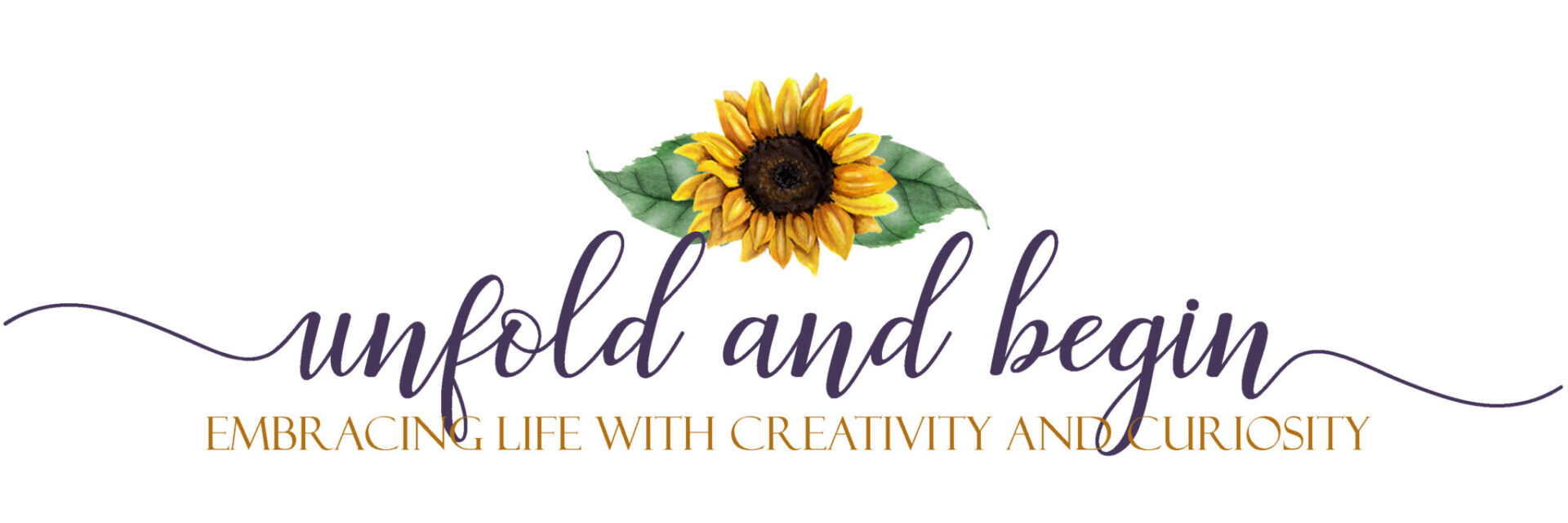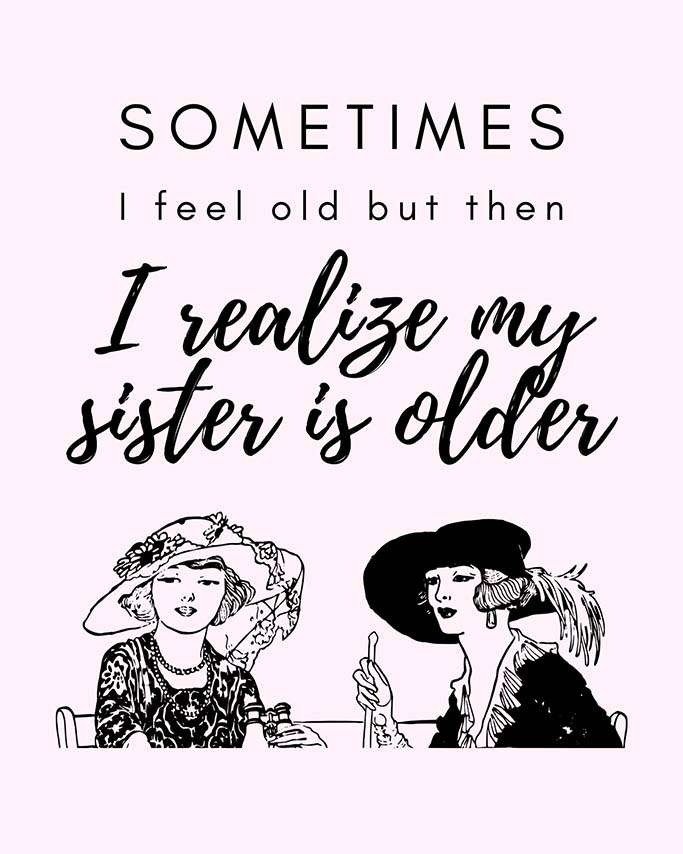The term vision board is the darling of the self-improvement arena. This often prompts questions regarding their true worth or if they are just another fad. Let’s try to unravel the true worth of vision boards and understand their psychological principles and effectiveness.
Understanding Vision Boards
A vision board serves as a visual representation of an individual’s aspirations and goals. It consists of a collage of images, words, and phrases that align with the user’s desired outcome. The idea is that by surrounding yourself with these visuals, you can get in the right mindset to manifest these goals. This visual representation of your goals and seeing them every day keeps them at the forefront of your mind.
Visualizing goals is a psychological technique widely known for enhancing performance. Looking at their goals and visualizing themselves meeting their goals is a tactic used by athletes around the world. By visualizing you are reprogramming your subconscious mind. Seeing goals in or mind or on your vision board actually increases recall by 65%.
A study by Forbes found that 67% of those surveyed believed that visualizing their goals first gave them a greater chance of achieving them. By doing so, you’re engaging your subconscious mind which doesn’t differentiate between what’s real and what’s imagined.
Another important thing happens when you start looking at and visualizing your goals each day. It activates your brain to start looking for similar things. It’s called the Baader-Meinhof Phenomenon, or frequency illusion. It’s a cognitive bias wherein a person encounters a concept or object for the first time, and thereafter, begins to notice it everywhere. This phenomenon often leads to the perception that the thing in question has suddenly become more prevalent when, in reality, it is merely the individual’s heightened awareness.
You’ve probably had this happen to you when you started looking for cars. When you decide to buy a specific car, all of a sudden, you spot that particular card in driveways, on the road, and even in parking lots. It’s not that they weren’t there before. It’s just that your brain isn’t feeding you that information because it can’t feed you all the information it processes each day. But once you decide on what you want, then it starts giving it to you all the time.
The same works for vision boards. Once a goal goes up on your board, your brain wants to try to help you meet it. You start seeing or hearing things connected to your goal. Opportunities appear out of seemingly nowhere. But, in many cases, the opportunities were already there. It’s just a matter of whether you noticed them or not. It’s the Baader Meinhof Phenomenon at work. Your heightened awareness of your goals serves as a reinforcing mechanism, further fueling their belief in the power of the vision board.
Goal Boards vs Vision Boards
It is worth noting that the term “vision board” doesn’t resonate with everyone. For some, it conjures associations with transient fads and new-age concepts. As a result, there is a growing preference for alternative terms, such as Goal Boards or Action Boards. These individuals argue that it places a more explicit emphasis on tangible objectives and the actionable steps required to achieve them.
But no matter what you call it, creating a visual representation of your goals will help drive opportunities for you to meet them. In the end, the effectiveness of vision boards isn’t set in stone. It depends on a bunch of factors like how clear your goals are, whether you take action, and how much you believe in the power of your vision board. It’s not a magic solution, but it can be a great motivational tool to help you get your head in the game.






I’d never really paid much attention to vision boards before. But with your explanation I can see how they might actually work in my favour. I’m going to investigate further. Thanks Jennifer ❤️
I love making new ones each year. I also love looking at what I’ve accomplished during the year.
Love me my vision boards!
I love collecting pictures of what makes me happy, mostly on Instagram. For me, that’s my modern-day vision board.
Yes, that’s one way to do a vision board. Pinterest is another place people do vision boards. I encourage electronic versions as well, because it’s what works for you.
The vision board technique has worked with me well .. I always had visualized to visit the pyramids of Giza.. Eiffel Tower and Sydney Opera.. Statue of Liberty and Niagara Falls visited all in a span of 8 years.
Wow! That’s really great visioning. Thanks for stopping by.
Hey you!! I have been a terrible blog reader (and not too good about blog writing either) for months now. I have about decided to let it go for good but then I miss writing and catching up with friends – even though it isn’t regularly. I love vision boards. My church once offered a vison board activity to the ladies. It was fun to sit with others and dream and find representations of those dreams in magazines!! I look at Pinterest as a kind of vision board(s). Might be the only one still pinning but I love looking at pretty images, daydreaming about camping, trips to Scotland, Christmas cookie baking, writing that children’s book. I don’t have a vision board, these days (other than Pinterest) but I have goals and to-do lists and think about plans for the future everyday.
I remember trying to get pregnant and everywhere I looked every woman who crossed my path was pregnant. There really is something to that Baader-Meinhof Phenomenon, or frequency illusion.
Noticed you haven’t blogged in a while. Hope all is well.
Thanks for stopping by. I just published a blog post about why I haven’t been writing in a while. I’ve been in a funk about but I think I turned the corner. I think Pinterest Vision boards are just fine. Whether it’s digital or on paper if you’re thinking about your goals and planning then you have a vision and know where you want to go.